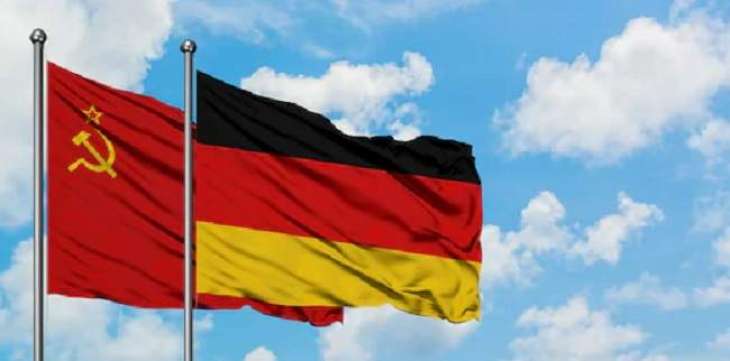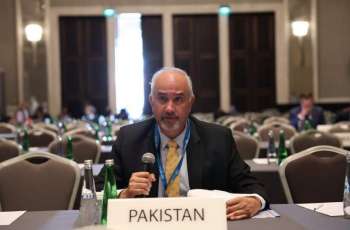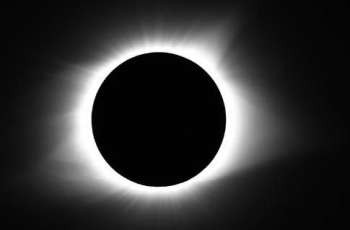Friday marks the 80th anniversary of the signing of the Molotov-Ribbentrop Pact, which is officially known as the Treaty of Non-aggression between the Soviet Union and Germany
MOSCOW (Pakistan Point News / Sputnik - 23rd August, 2019) Friday marks the 80th anniversary of the signing of the Molotov-Ribbentrop Pact, which is officially known as the Treaty of Non-aggression between the Soviet Union and Germany.
The pact, which was initiated by Germany, was signed in Moscow on August 23, 1939, for a period of 10 years by the foreign ministers of the Soviet Union and Germany at the time Vyacheslav Molotov and Joachim von Ribbentrop, respectively.
The Soviet government, after becoming convinced during the 1939 Anglo-Franco-Soviet negotiations in Moscow of the unwillingness of Western countries to cooperate with the Soviet Union in organizing a joint response to fascist aggression and fearing the creation of a united anti-Soviet front, was forced to seek an alternative way to ensure the country's security by accepting Germany's proposal to conclude a non-aggression agreement.
The agreement, which was based on the main provisions of the 1926 Soviet-German Treaty of Neutrality and Non-Aggression, stipulated that the parties had to refrain from aggressive actions and from attacking each other; not side with a third party aggressor if the latter was targeting a contracting party; not participate in groupings of powers directed against each other; and solve disputes and conflicts peacefully.
However, the 1939 agreement did not contain a provision that could terminate the pact in the event of a war between one of the contracting parties and a third power, nor did it outline what the other contracting party should do in such cases.
As a means to solve this problem, the parties signed a secret supplementary protocol on August 23, 1939, which covered the "issue of delimiting the spheres of mutual interest in Eastern Europe." According to this document, if the districts of the Baltic states Finland, Estonia, Latvia, Lithuania became subjected to territorial-political reorganization, the northern border of Lithuania would have become the shared border of the spheres of influence of Germany and the USSR. The interests of Lithuania in the Vilnius region, meanwhile, were to be recognized by both parties.
If Poland went through the same reorganization, this border would have run along the rivers Narew, Vistula, and San Western Belarus and Western Ukraine, which were captured by Poland during the Polish-Soviet war of 1920-1921, were regarded as the sphere of influence of the USSR. The parties further pledged to finalize their position on whether the Polish state should maintain its independence "in the course of further political developments." At the same time, the Soviets emphasized the USSR's interest in Bessarabia, which was occupied by Romania in December 1917.
On August 28, 1939, the parties signed an explanation to the secret supplementary protocol, clarifying the delineation of the spheres of interest and expanding them for the USSR's benefit.
The agreement was ratified by the Supreme Soviet of the Soviet Union on August 31, a week after its signing, while the additional secret protocol remained hidden from deputies.
The pact and secret protocols gave Germany free rein to invade Poland on September 1, 1939, and freely occupy its western regions. On September 17, Soviet troops were deployed to Western Ukraine and Western Belarus, and, with this, the division of the spheres of influence was completed.
The Treaty of Non-aggression as well as other Soviet-German agreements were nullified in accordance with international law when Germany attacked the Soviet Union on June 22, 1941.
On December 24, 1989, the Congress of People's Deputies of the Soviet Union adopted a resolution "On the political and legal assessment of the 1939 Soviet-German Non-Aggression Treaty," officially condemning the treaty as concluded "in conflict with the sovereignty and independence of several third [party] countries" and recognizing it as "legally unjustified and invalid from the moment of [its] signing."
On June 2, 2019, Russia's Historical Memory Foundation first published scans of the original Soviet copy of the 1939 treaty and the accompanying secret protocol. Previously, only German versions of the pact were available.




